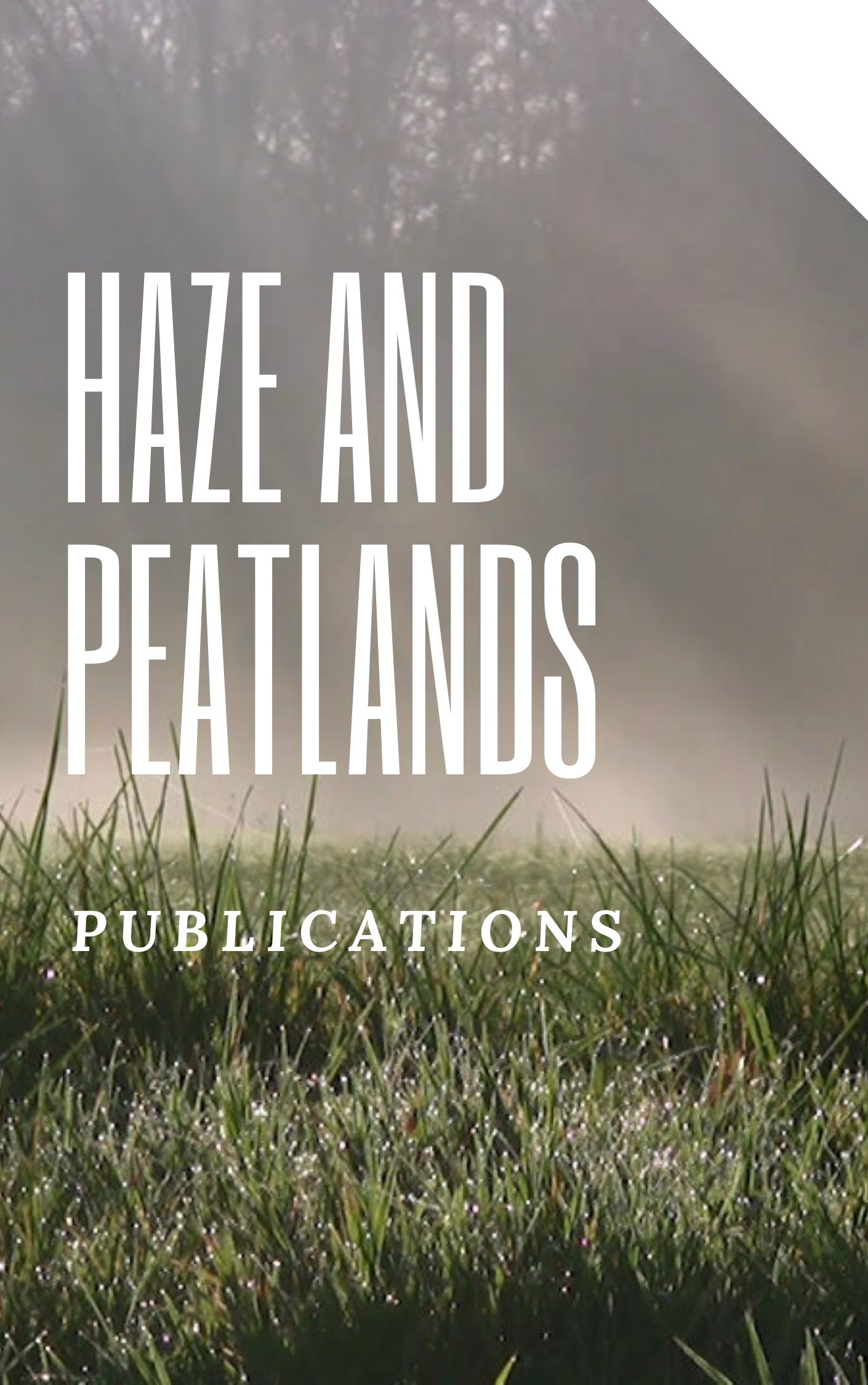Biomass burning (BB) greatly impacts the Maritime Continent through various mechanisms including agricultural burning, land clearing and natural response to drought. The dynamic characteristics of BB in terms of its spatiotemporal distribution, seasonality, transport mechanism, and aerosol properties have prompted numerous research efforts including field campaigns, in -situ measurements, remote sensing, and modelling. Although the differing perspectives of these studies have offered insights on understanding the regional BB issues, it is challenging to compare and resolve the wider picture because of the diversity of approaches. Human -induced global warming has certainly caused multiple observed changes in the regional meteorological characteristics. In this study, we review BB events in the Maritime Continent from 2012 to 2021, focusing on the meteorological influence and knowledge evolution in cloud -aerosol -radiation (CAR). Unlike other reviews, our review examines the occurrence of BB events using synergistic application of ground -based measurement, global reanalysis model and satellite product, which allows us to examine the anomalies for comparison with other studies and identify the unique features of the event. We identified four dominant modes of variability responsible for the occurrence of large-scale BB in the Maritime Continent: (1) El Nin similar to o Southern Oscillations (ENSO), (2) extreme positiveIndian Ocean Dipole (pIOD), (3) tropical cyclone (TC) activity, and (4) Madden -Julian Oscillations (MJO). We reconcile the past CAR studies and summarize their findings based on the four key CAR mechanisms: (1) instantanous radiative forcing from aerosol -radiation interactions, IRFari (2) and its subsequent adjustments, SAari, (3) instantanous radiative forcing from aerosol -cloud interactions, IRFaci, and (4) and its subsequent adjustments, SAaci. We urge future CAR studies in the Maritime Continent should focus on accurate characterization of the composition of biomass burning plume which is a mixture of peatland, agricultural burning and anthropogenic sources.
View source

